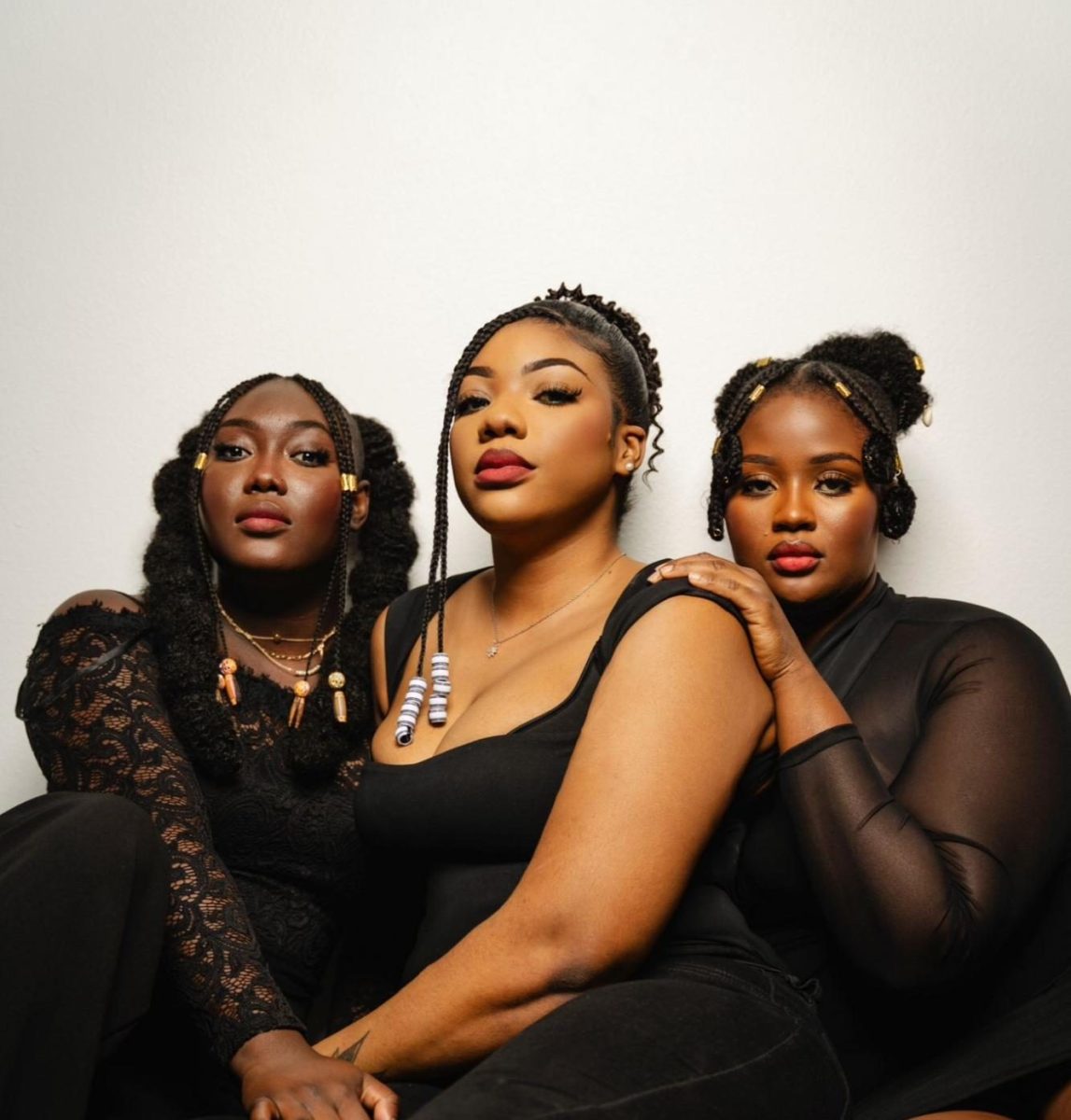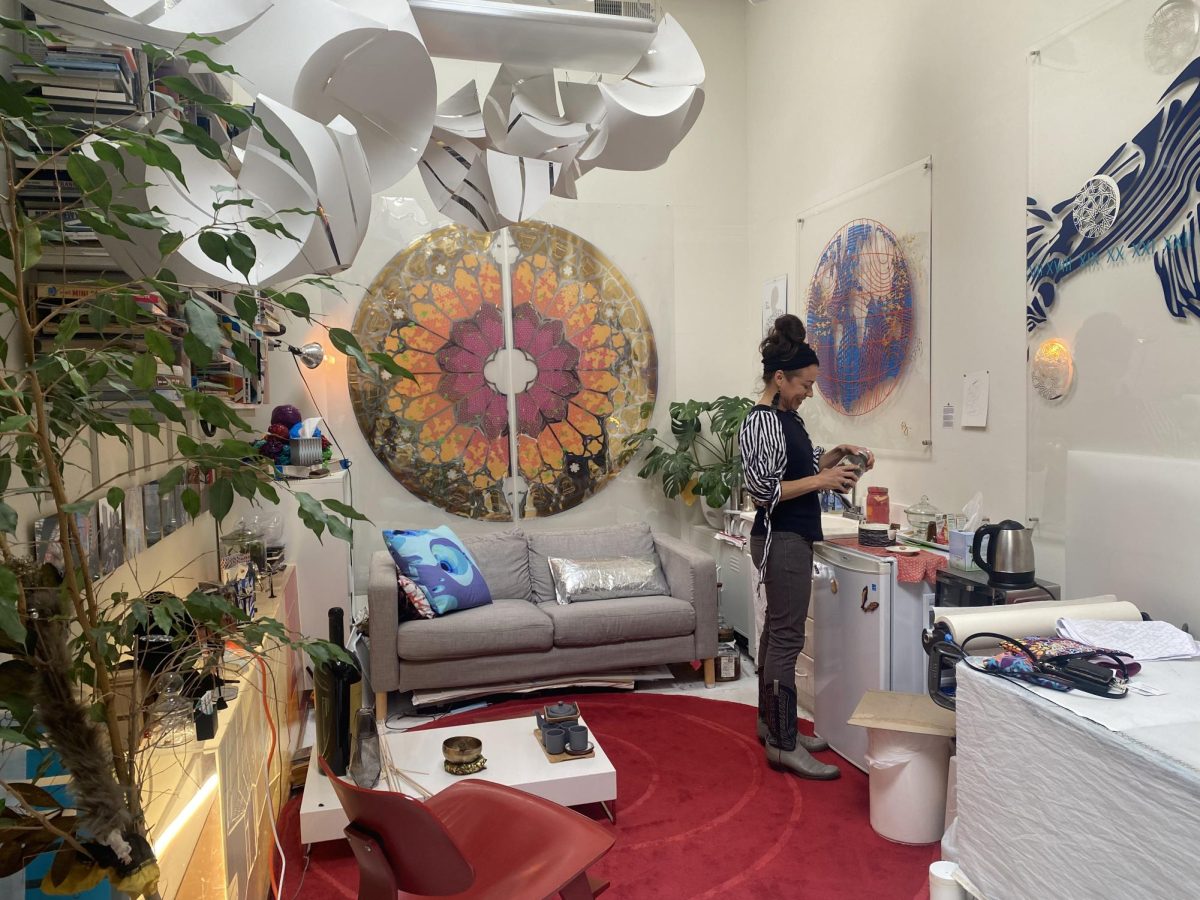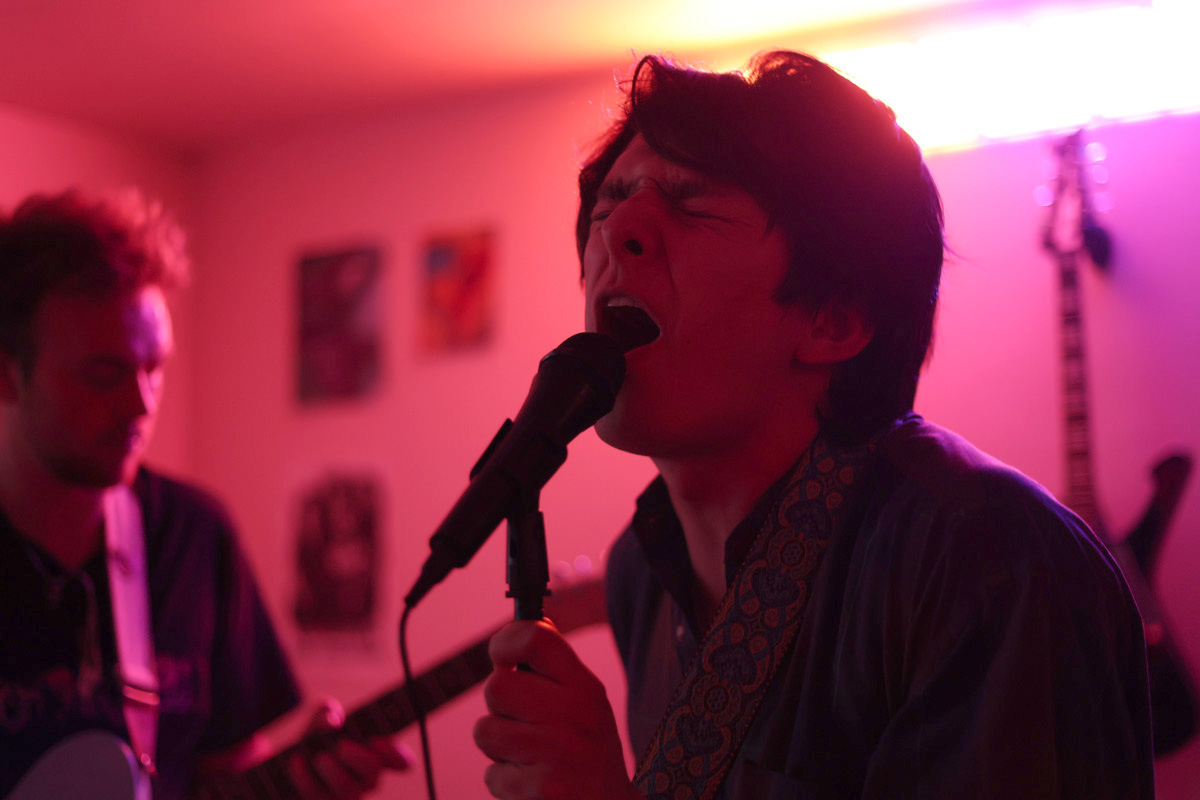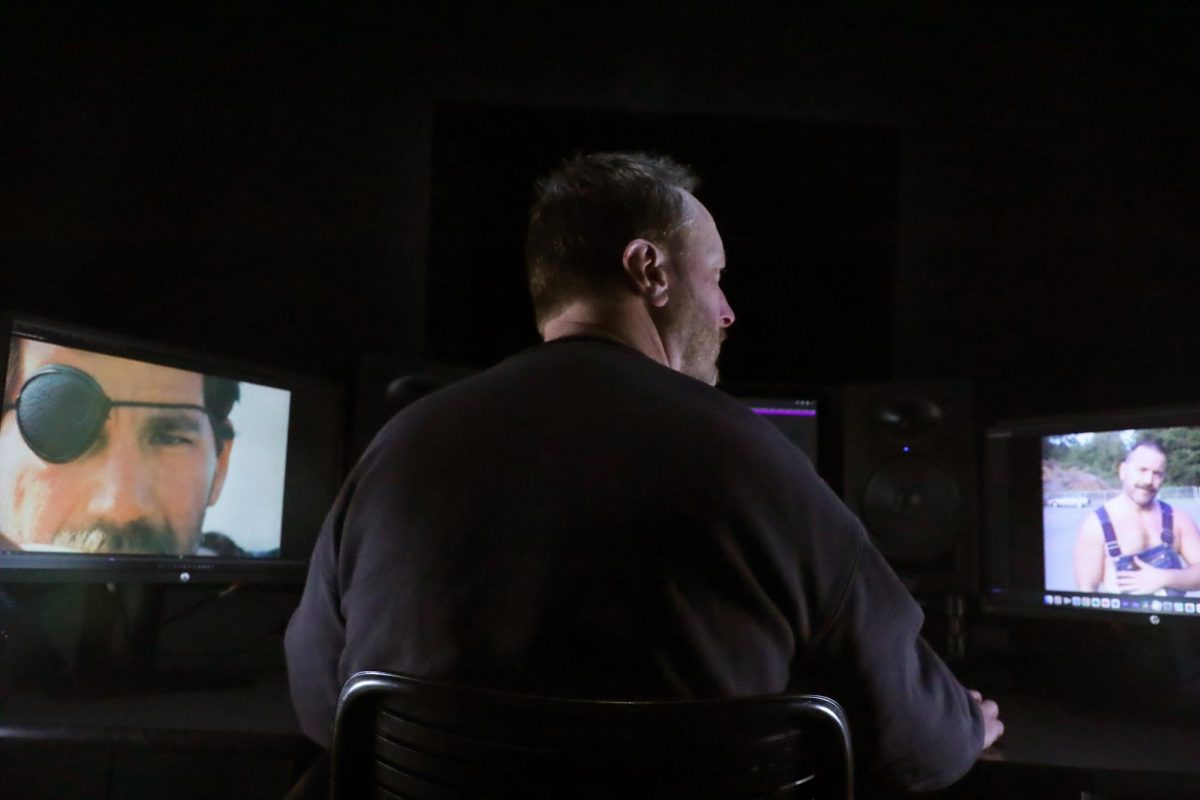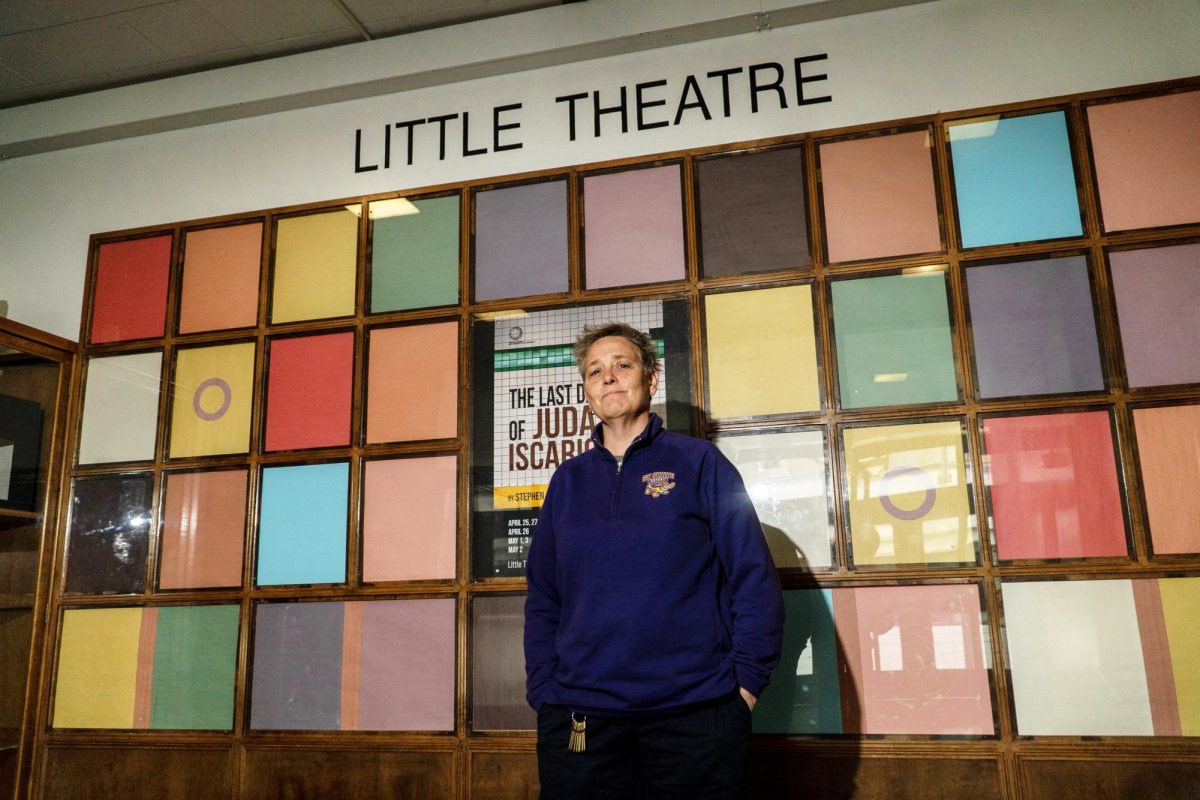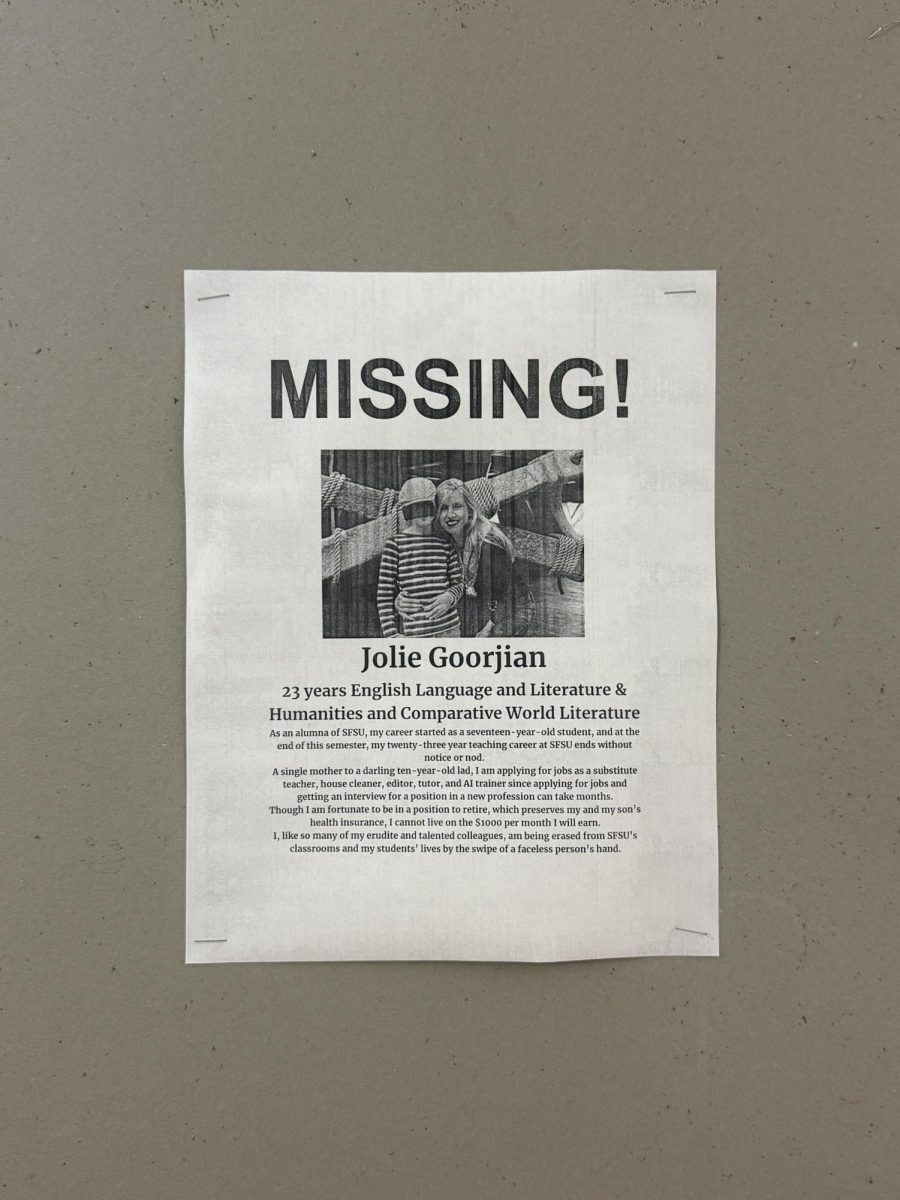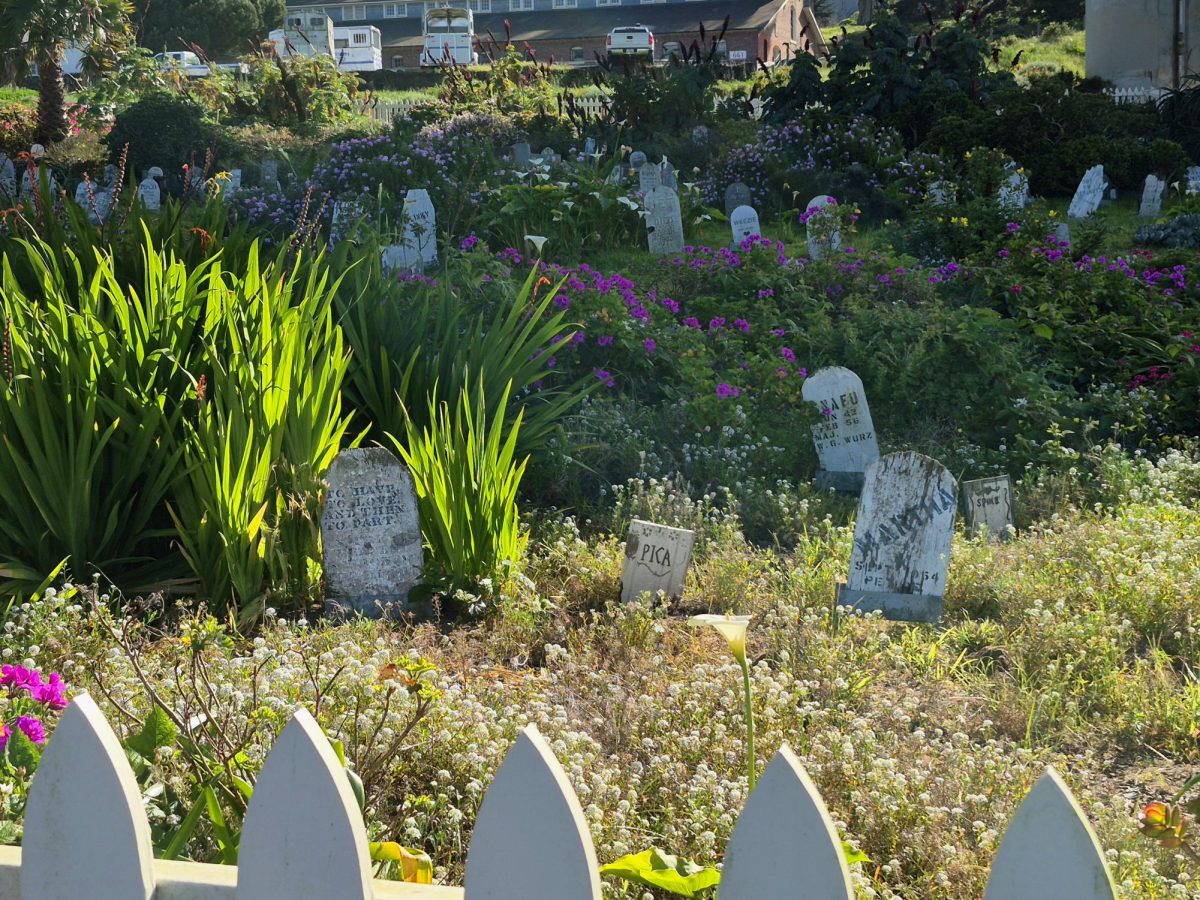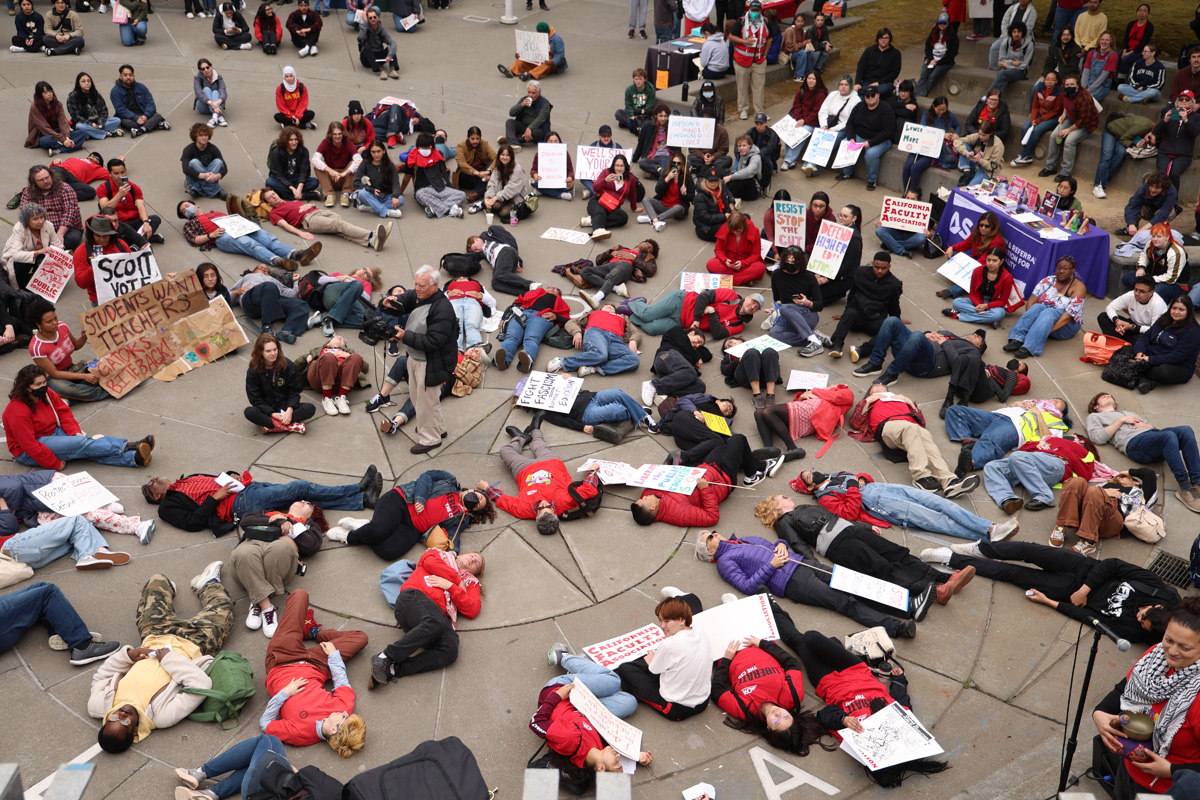Black women’s hair carries a profound heritage extending far beyond style or appearance; it is a living archive of culture, resilience, and identity.
For centuries, braids, twists and natural textures have been forms of self-expression, social connection and even survival, holding deep ties to African traditions carried across generations.
San Francisco is often celebrated for its diversity, yet today only about 5.1% of its population is Black. This marks a sharp decline from 1970 when, according to the U.S. Census Bureau, roughly 96,000 Black residents called the city home. By 2020, that number had fallen to about 46,000, reflecting a decades-long exodus and the displacement of many Black families into some of the Bay Area’s most disenfranchised neighborhoods.
The lack of resources is linked directly to gentrification within the city.
“Once this process of gentrification’ starts in a district it goes on rapidly until all or most of the working class occupiers are displaced and the whole social character of the district is changed,” said British sociologist Ruth Glass in her 1964 study “London: Aspects of Change”
“We want to make sure clients and the community know we appreciate them,” said Grace Nabolle, owner of Menage Lux Beauty, a braiding salon in San Francisco. (Nabolle, 12:00)
Nabolle is one of three owners, alongside Lala Compaore and Laurel Zonou. The three women — all from Burkina Faso, in West Africa — have found community by cultivating a safe space for Black women to spend time.
“Ménage means home … we do want to make people feel like they’re home,” said Nabolle. “We have plans to bring people together outside of [just braiding].”
In a world where Eurocentric beauty standards attempt to diminish or erase traditions, Black women’s hair remains a powerful symbol of pride and autonomy. Its value lies not only in the artistry of styling but also in the affirmation of cultural history and the ongoing fight for recognition, respect and freedom of expression.
Surging rent prices, shrinking clientele and systemic pressures have forced many owners to close their doors or work out of their living rooms, leaving remaining residents to often travel outside the city to find hair care and cultural connection.
“We noticed that a lot of people braid at home and when [clients] search for hairstylists in San Francisco, [they] more than likely will have to go to their house[s],” Nabolle said. “There are not many of them [salons], so why not bring a whole team to one place with a welcoming environment?”
Menage is located in Lower Nob Hill, central enough to accommodate residents from all over the city.
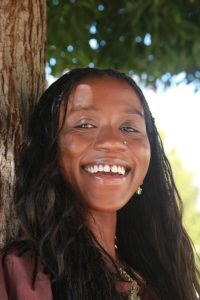
“I don’t necessarily want to have to go to somebody’s house to get my hair done,” said Senior Director of the Center for Social Justice at GLIDE, Naeemah Charles. “I find that in San Francisco, [salons are] very far and [few in] between.”
Charles was born and raised in the Oakland-Hayward area. After graduating from SF State in 2016, Charles carried the same frustrations into her twenties that she faced as a student: the absence of attention, care, and spaces that truly understood Black hair.
“I love Black hair, and I love Black women,” Charles said. Naza Beauty, a Mission District salon that recently closed due to rising rent, had been considered a luxury braiding salon in San Francisco and a one of a kind experience for many residents. “Naza Beauty encapsulated giving Black women the salon experience that they deserve,” Charles said.
Natanya Montgomery, the founder and CEO of Naza Beauty made a public statement on details behind the salon’s closure:
“Despite high hopes and truly every effort, rising costs continue to be a major challenge and our small but mighty team and resource reserves have been stretched beyond what is sustainable to provide the premium experience we all deserve.”
Tycelee Whitfield, a local stylist who specializes in textured and type four hair, provides hair education to a breadth of people: her clients, social media followers and those with textured hair.
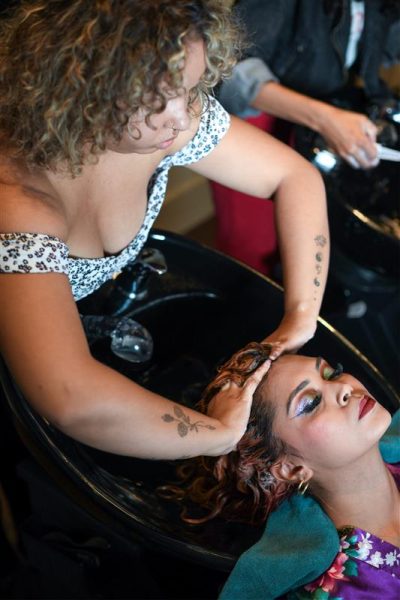
“The best way to learn is to take classes, to watch videos and to immerse yourself,” Whitfield said. (Whitfield, 14:45) “I really am trying to change the game for the Black community and curly hair community. Specifically for people that have struggled with hair trauma because I don’t want people to be defined by that.”
Whitfield has built her clientele from scratch, using social media platforms to propel her services and reach women and men in San Francisco, Daly City, and Marin County.(Whitfield, 16:44)
From the start of their training, many hair professionals are exposed to inequalities in hair care, with most certification programs focused primarily on straight, European hair textures.
“If you go to school and you learn to cut hair, I believe you should learn how to cut all hair types,” Whitfield said.
One of Whitfield’s acquaintances in the industry refuses to call themselves a hairstylist because they are not familiar with Black hair.
“I was intimidated by type four hair — by highly textured hair. So, I made it a priority of mine to put myself out there, to work with influencers who had tightly textured hair … so that way I could work with it,” Whitfield said.
People with textured hair make up “65% of the world’s consumer population,” according to the research done by the beauty company Pivot Point. The industry often discredits “other” hair types, leaving Black women and women of color without reliable resources.
As Black Bay Area families continue to experience gentrification, their businesses, cultural institutions and legacies are often erased with them.
The impact is especially visible in the closure of Black-owned storefronts that once served as vital community spaces for the Black community.
“[Braiders] come from different backgrounds and knowledge,” Nabolle said. (Nabolle, 10:27) “At first a lot of people were hyped up about [this] Black owned business in San Francisco.” (Nabolle, 11:09)
Menage has maintained a loyal clientele after opening just this past January and hopes to stay in the city for the foreseeable future.
Today, many San Franciscans are unaware of the significance and history behind the historic Black neighborhoods that shaped the city’s culture.
The Fillmore District, once referred to as the “Harlem of the West,” which was an abundant environment for Black families, is now known for its designer brands and overpriced restaurants.
Not only does San Francisco lack braiding salons, but basic hair products and practical resources that are necessary for longevity.
“People took thinning shears to their hair and completely destroyed their curl patterns,” Whitfield said. Many Black women experience a lack of access to hair education, causing them to remain fearful and apprehensive to even have their hair touched, let alone visit a salon.
Moving from Southern California and dealing with the pandemic, Dalyce Brown — outreach, recruitment and retention specialist at the Black Unity Center — had difficulty finding a braider.
“[In the] Bay Area, and particularly San Francisco, there is a crazy gap when it comes down to Black hair and natural hair,” said Brown.
Brown works to retain Black students’ engagement in outreach on campus, advise the Black Student Union and expand the return on investment for students. Last year, Brown implemented Barbershop Talk, an event catered toward male students to get their hair done on campus and engage with other folks in the Black Student Union.
“What can we do for the girls?” said Brown. “I really want [to do] a ‘don’t touch my hair’ seminar, to talk about the history of Black hair, because our hair has been criminalized. … Sometimes I notice that, within us, we don’t want to wear our natural hair because of our insecurities. We should embrace it.”
For the communities that do exist in the city, it is evident that Black women use every resource given to uplift, inspire and educate those around them.
“We look good in all styles,” Brown said. “It doesn’t matter — twists, locks, wigs, pixie cut, curly, straight — I want us to feel confident with what we have and to just really embrace our blackness.”


